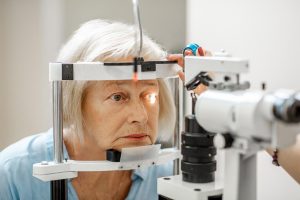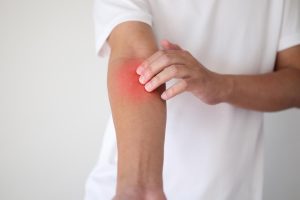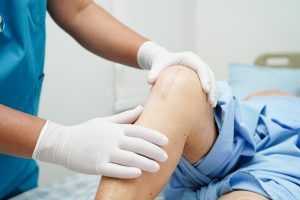Despite a long and illustrious pro baseball career, Tommy John is more famous as the source of the name for a surgical procedure than for the nearly 300 games the left-handed pitcher won.
But Dr. Tommy John — who shares his dad’s name and played pro ball himself — is determined to change that. He’s a performance and healing specialist and a chiropractor in San Diego.
Dr. John would prefer that his father — a four-time Major League All-Star — is remembered for his baseball achievements than for the elbow surgery that got him back on the mound for many years. And both son and father would really be happy if fewer young athletes had to undergo the procedure to keep playing the sport they love.
The elder John’s career spanned from 1963 to 1989. After playing big league ball for more than 10 years and enduring about 40 cortisone shots to dampen the pain he felt from pitching, the ulnar collateral ligament (UCL) in his elbow “exploded,” his son said.
At the time, Dr. Frank Jobe had successfully performed surgery using a tendon on polio patients’ ankles, the younger John explained. But no one had ever reconstructed the elbow ligament of a major league baseball pitcher.
“My dad wasn’t one to be told that he would have to stop,” Dr. John said, adding that his father already had plans to learn how to perfect a knuckleball pitch if his elbow could no longer hold up to the demands of throwing fastballs.
Fortunately, Jobe was able to rebuild the elder John’s elbow ligament with the procedure that soon became known as “Tommy John surgery.” John continued playing for 13 years after the revolutionary operation.
Dr. John said when he introduces himself to people, they think he’s joking, and they say, “Oh, Tommy John, like the surgery?”
“I would just like to get his reputation as a ball player back,” said the younger John of his father. “I want people to think of his 26-year career and his 288 wins.”
Plus, Dr. John would like to make sure that kids don’t suffer from the same kind of overuse injuries that make UCL reconstruction surgery necessary.
“There’s nothing wrong with having a kid that is passionate about a sport, but kids should only play their sport during that season. For baseball, it’s spring through late summer. No baseballs should be picked up in the fall and winter. They can keep learning about baseball and listening to talks about baseball, but they should play another sport that’s totally unrelated,” said Dr. John.
Dr. David Geier, an orthopedic surgeon and sports medicine specialist, agreed that specialization is “risky in terms of injuries.”
“The most common injuries vary from sport to sport, but about half of injuries stem from overuse. On the one hand, it’s scary that it’s happening. But on the other hand, it’s good that it’s something we can do something about,” said Geier, who’s also a spokesman for the American Orthopedic Society for Sports Medicine.
However, he acknowledged that avoiding sport specialization can be hard. There are elite leagues and club teams, and “if you’re not playing year-round, you might not make a particular team,” Geier explained.
But he’d like young athletes to know that “even the pros have an off-season,” and he’s interviewed a number of professional players, and they all said they played multiple sports growing up.
Playing several sports “builds skills kids don’t get in one sport, and may add balance and flexibility, along with teamwork and leadership skills,” Geier said.
Geier also said a good rule of thumb is to look at a child’s age, and use that number as a guide for how many hours a week they should be practicing and competing. So, an 8-year-old shouldn’t practice or compete in games or tournaments for more than eight hours a week. For a 16-year-old high school player, the weekly limit jumps up to 16 hours.
“It’s important to make sure kids get enough rest and have time for school and hanging out in the community,” Geier added.
Both experts said it’s important to foster an open environment where kids feel it’s OK to let the coach or their parents know if they’re having pain.
“This is probably the biggest thing to emphasize to parents. Don’t let kids train through pain. It could lead to an injury that needs surgery or could even end their career,” Geier said.
Dr. John agreed that persistent pain is a sign that kids need to rest. “Muscle soreness will go away in two days, but stuff that’s more sinister around the elbow or shoulder lasts more than two days,” he explained. Kids shouldn’t try to deal with the pain, or ice or tape it away, or take anti-inflammatories, he added.
Dr. John said he understands that parents often make decisions out of fear that their child won’t get the best opportunities to play that will help them get the best scholarship and might even lead to a professional career. But those odds are long. And, he added, if a teenager needs to have the surgery named after his dad, professional scouts aren’t likely to see such a player as a good “return on investment.”
Dr. John also noted that the odds of making it in the big leagues are very slim. In 2017, there were nearly half a million high school baseball players, he said. In the National Collegiate Athletic Association (NCAA), there were 34,500 players. Fewer than 700 of those NCAA players were drafted to play professional ball, according to John.
More information
Learn more about preventing injuries in young athletes from StopsSportsInjuries.org.
Copyright © 2024 HealthDay. All rights reserved.










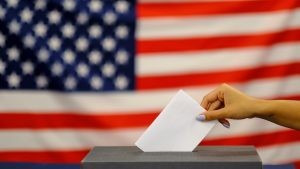

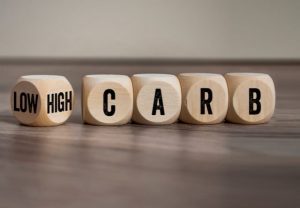
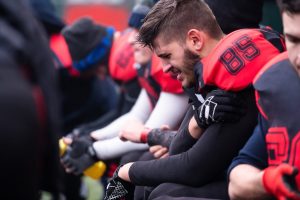
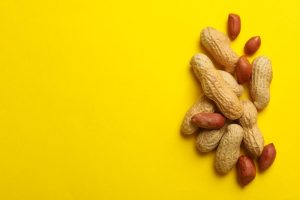
-300x169.jpg)




